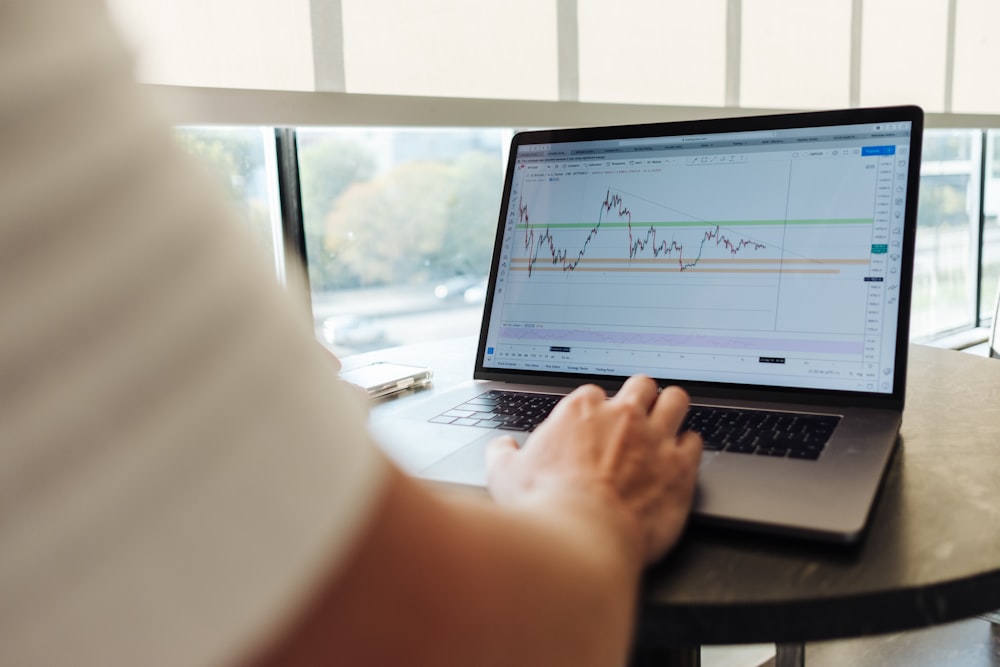How To Get Ahead Of Market Calamities
Image Source: Unsplash
A couple of weeks ago, Oracle (ORCL) was up 36% in one day on cloud news. This week, AMD (AMD) jumped 24% on an AI supply deal. Oracle went public in 1986, and AMD went public in 1983. Can you recall any instances of companies that mature going up that much on news that wasn't related to being taken over?
The chart from Bespoke Investment Group shows the semiconductor index about 30% above its 200-day moving average (DMA). Bespoke made a point of noting how quickly the index swung from 25% below its 200 DMA to 25% above and now 30% above.
Those sorts of numbers for the S&P 500 would be a reason to get more defensive right now. Currently, the S&P 500 is about 11% above its 200 DMA, which doesn't trigger this indicator. Semiconductor stocks have about a 12% weighting in the index, which is pretty big for an industry. The Nasdaq as a proxy for tech is about 15% above its 200 DMA, which is not cheap.
If you do a lot of reading, you've seen pundits trying to speculate whether there is some sort of bubble building currently. If there is a bubble, I don't think it is like 2000. Back then, not only was there a flood of profitless IPOs, but there were also revenueless IPOs. A bubble now, if there is one which I do not know, would seem to be more about there being a lot of capital available to speculate on a lot of different things, with a heavy interest in things related to AI. The massive flows into all the 2X leveraged single stock ETFs are another hotspot for speculation.
Trying to think that through, should the consequences of my description, if it is even correct, be worse than 2000 or not as bad? I don't know.
In 2008, it was much easier to underweight or avoid the banks without getting left too far behind the index. That assertion is not hindsight bias. Back then, I had no domestic bank exposure going into late 2007 and started getting out of foreign banks in 2008. I talked about this on CNBC in March 2008.
Clients currently have what I think of as being a heavy weighting to tech, which is dominated by all these stocks that may or may not be in a bubble. However, clients have nowhere near the 40% that tech currently weighs in the S&P 500. History has not been kind to sectors that grow to more than 30% of the S&P 500.
I'm not betting client money that I can be as correct (oops, I misspelled the word lucky) as I was in 2008. Trying to completely avoid a calamity that starts in the tech sector is not a realistic expectation, and I am not trying to do that. Underweight, the sector that gets the worst of it is a good first step to avoiding the full brunt of a large decline.
If you've read a lot of posts here, you know the importance I place on small exposures to strategies that have some degree of negative correlation to the S&P 500 as well as gold. Those are already in place. It would be great to recognize in real time if something calamitous is starting to happen in markets, but having taken some steps ahead of time means not having to rely on getting anything else right if some sort of calamitous event occurs.
Managing a portfolio by needing to be correct about predictions over and over is a tough way to make a living. I imagine that makes the endeavor far more stressful. If managing a portfolio is stressful, then chances are greater that emotions ramp up, and of course, it is crucial to long-term investing success that we never succumb to emotions in portfolios.
More By This Author:
Managed Futures Is So BackAlternatives? JPM Has The (Data) Goods
Is Infrastructure Really An Alternative?
Disclaimer: The information, analysis and opinions expressed herein reflect our judgment and opinions as of the date of writing and are subject to change at any time without notice. They are not ...
more




